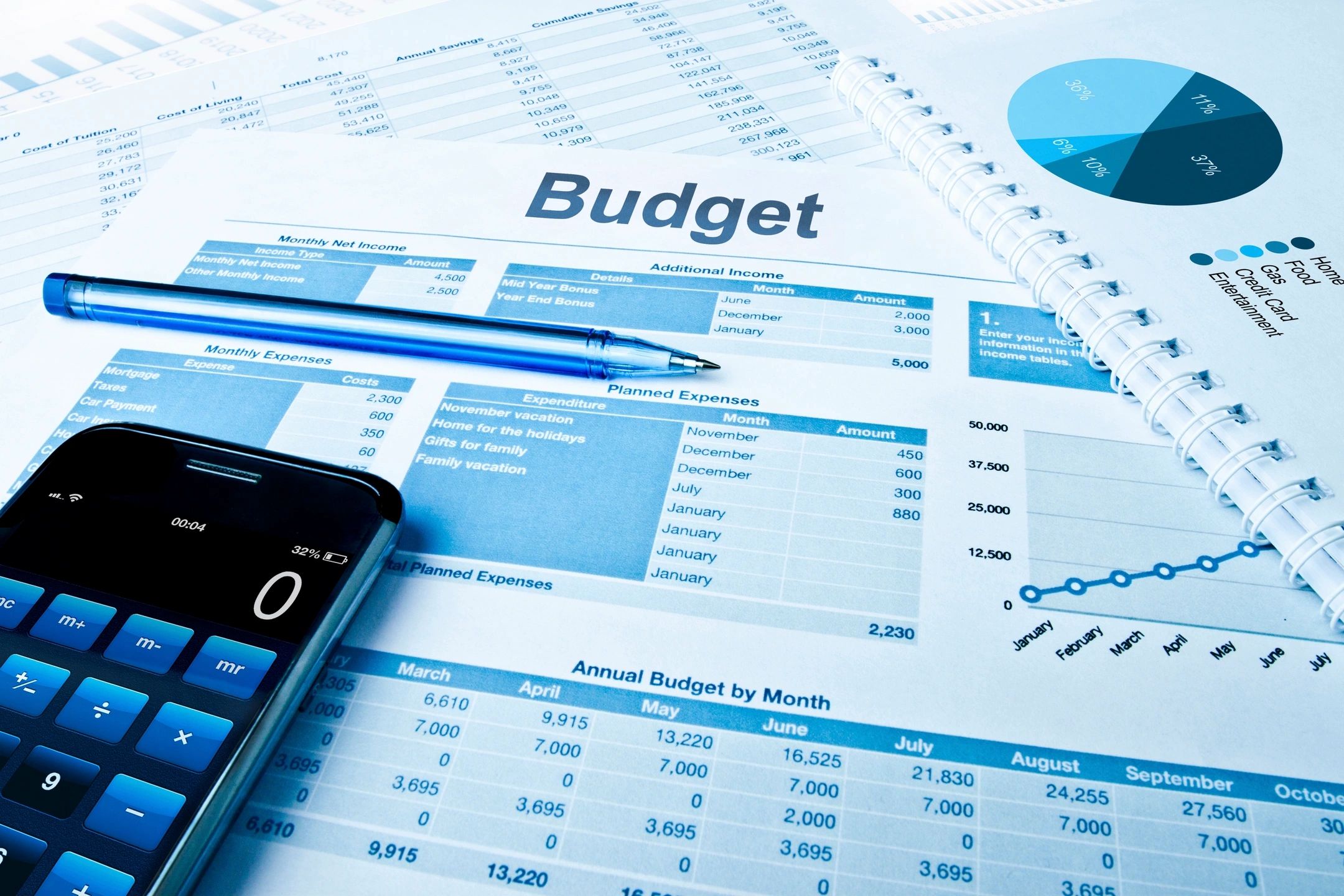Building a personal budget is one of the most essential steps you can take toward achieving financial stability and peace of mind. While many people struggle with the idea of budgeting, fearing it’s too restrictive or difficult to maintain, the truth is that a well-structured budget can actually free you from financial stress. A budget helps you take control of your money, ensuring that your spending aligns with your financial goals. However, creating a personal budget that works isn’t always as simple as it seems. It requires intention, effort, and regular adjustment. Here’s how to build a personal budget that actually works for your unique financial situation.
Set Clear Financial Goals
The first step in building a budget that sticks is setting clear, actionable financial goals. Without goals, budgeting is like trying to drive somewhere without a map—you’re just guessing your way through. Start by distinguishing between short-term and long-term goals. Short-term goals might include saving for a vacation or paying off a small debt, while long-term goals could involve building an emergency fund or saving for retirement.
Clearly defining these goals gives you a sense of direction and purpose, and helps you make more informed decisions about where your money goes. For example, if your goal is to save $1,000 for an emergency fund in six months, you’ll need to break it down into smaller, more manageable chunks that you can easily track in your budget.
Track Your Income and Expenses
To build a budget that works, you must first know where your money is coming from and where it’s going. Begin by tracking all your sources of income—your salary, side hustle earnings, freelance work, etc. Then, take a deep dive into your expenses. Categorize them into essential expenses (like rent, utilities, and groceries) and non-essential expenses (like dining out, entertainment, and subscriptions).
Many people find it helpful to use budgeting apps or tools that automatically categorize and track their spending. These tools make it easy to spot patterns and identify areas where you might be overspending. The key is consistency: track everything, and review your expenses regularly to ensure you’re staying within your budget.
Identify and Cut Unnecessary Expenses
Once you have a clear picture of your income and expenses, the next step is to identify and cut unnecessary costs. The key here is distinguishing between “wants” and “needs.” Needs are the essentials—things like food, shelter, transportation, and healthcare—while wants are discretionary items like a new gadget, designer clothes, or dining out.
Start by evaluating your discretionary spending. Are there subscriptions you never use or expensive habits you could replace with cheaper alternatives? Even small changes—like brewing coffee at home instead of buying it daily—can make a significant difference in the long run.
Create a Realistic Spending Plan
Once you’ve set your financial goals, tracked your income, and identified areas to cut back, it’s time to create a spending plan. A useful framework for this is the 50/30/20 rule. This rule suggests allocating 50% of your income to essentials, 30% to discretionary spending, and 20% to savings and debt repayment.
While this rule is a great starting point, feel free to adjust it based on your unique circumstances. For instance, if your rent is high, you may need to allocate more than 50% to essentials, but you can compensate by reducing discretionary spending.
Flexibility is also important—life happens, and your budget should reflect that. Plan for the unexpected and leave room for adjustments when necessary.
Build an Emergency Fund
One of the most critical aspects of a successful budget is an emergency fund. This fund serves as a financial safety net in case of unexpected events, such as medical emergencies, job loss, or major car repairs. Building an emergency fund is crucial to avoiding debt when life throws curveballs.
Start by setting a realistic savings target. A general guideline is to aim for three to six months’ worth of living expenses, but even setting aside a small amount each month can provide peace of mind. Start small, and gradually increase your contributions as your budget allows.
Review and Adjust Your Budget Regularly
The final step in building a personal budget that works is to regularly review and adjust it. Life circumstances can change—whether it’s a pay raise, a new expense, or a shift in your financial priorities. That’s why it’s important to revisit your budget regularly to ensure it still aligns with your goals.
Use budgeting tools to track your progress and adjust your spending plan as needed. A well-maintained budget is not a rigid, one-time exercise; it’s a living document that should evolve with your life.
Summary
Creating a personal budget that works is all about making thoughtful, intentional decisions that align with your financial goals. By setting clear goals, tracking your income and expenses, cutting unnecessary costs, creating a realistic spending plan, and building an emergency fund, you’ll be well on your way to financial security. Regularly reviewing and adjusting your budget will ensure it remains effective and adaptable to your changing needs. With these steps, you can take charge of your finances and pave the way for long-term financial health.
Please like, comment, and share this article if you found it helpful and
informative.
Visit https://bigtownbulletin.com if you would like to see more of this content.
Please like, comment, and share this article if you found it helpful and
informative.
For more news check out Big Town Bulletin News
For more from Big Town Bulletin check out Big Town Bulletin


